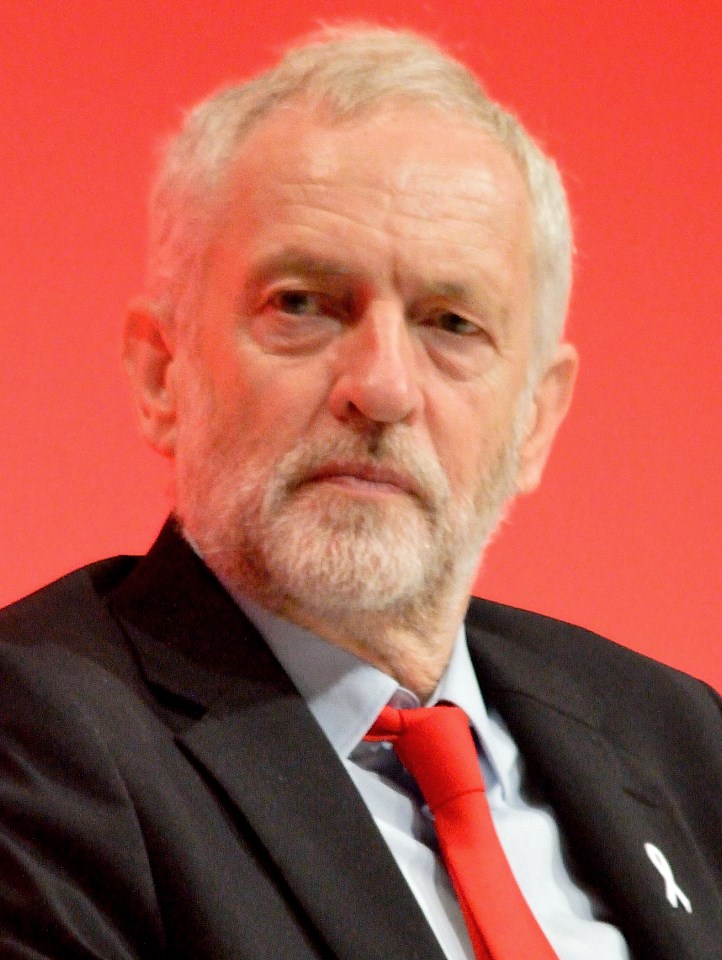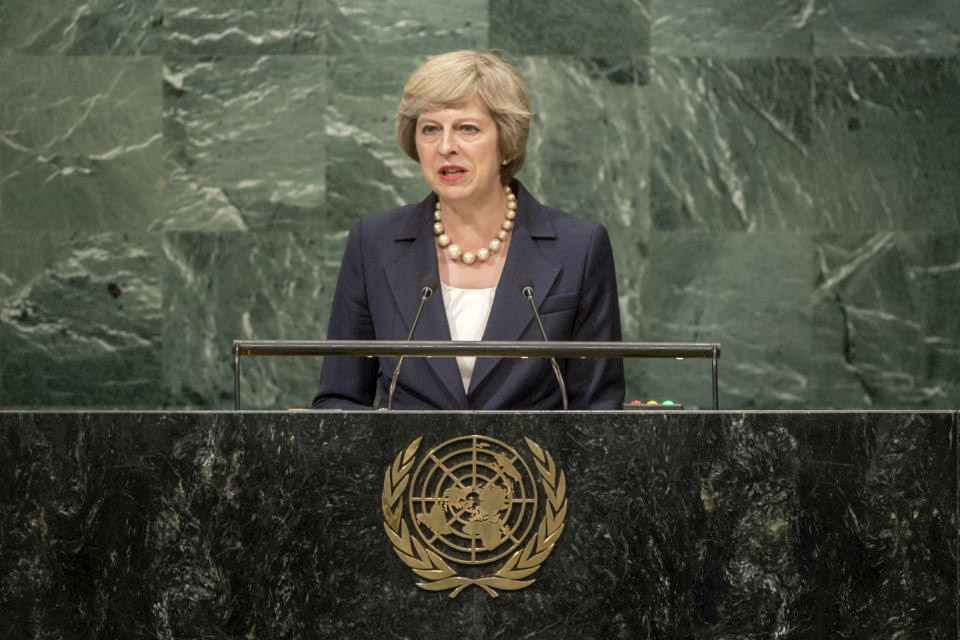Swing to Labour in local elections
by Brian Durrans
Before looking at the actual results of the English local elections held on 3 May, it is worth asking why these elections mattered. Not because the long decline in the expectation and capacity of local government to meet the needs of their communities against national governments’ erosion of the social wage has suddenly stopped in its tracks: on the contrary, continuing cuts and privatisation of local services have been worse than ever. Few need reminding that austerity is made in Westminster, not the town hall. [note 1]
LOCAL ELECTIONS COMPARED WITH GENERAL ONES
Compared with a general election in which each parliamentary constituency returns one MP, local elections are more complicated in several respects. How they are organised, for example: this year, voters had the opportunity of choosing every single councillor who would represent them in each ward of all 32 London boroughs and, outside London, in Kingston on Hull. Elsewhere, only one third of councillor positions were up for election in 34 metropolitan boroughs, 16 ‘unitary authorities’, and 54 district councils. All councillors faced the voters in half of the twelve other district councils, and a third of them in the remaining six. In the four London boroughs of Hackney, Lewisham, Newham and Tower Hamlets, and, outside London, in Watford, there were also elections for local mayor.[note 2] Also, of course, this set of local elections was confined to England whereas general elections cover the whole UK. Further complications in how local election results might be interpreted concern the relative weighting of local and national issues when voters make their choice of councillors or party.
How party organisers and councillors prioritise canvassing suggests that a higher proportion of those voting in local elections are more loyal supporters of whichever party they vote for, compared with those voting in a general election. Another difference between the two kinds of elections is that in the seven-week campaigning period for a general election national broadcasters are required by law to treat the main parties equally. For this reason, electors in 2017 were for the first time able to hear the case for Labour, including the hitherto vilified Jeremy Corbyn making that case, on a suddenly if only temporarily level playing-field. [note 3]
TURNOUT AND REASONS FOR VOTING
Turnout, obviously enough, is a good measure of how important an election is to those eligible to vote in it. I may have overlooked something but a careful online search yielded no information on the turnout in the May local elections: perhaps surprising but also interesting because, by ignoring turnout, analysts refuse to take seriously the difference in motivation between local elections and national ones. When I called the Electoral Reform Society, thinking they might be bothered about turnout figures, they said they didn’t have any to hand but recommended a BBC website I’d already looked at where they said I could find the average turnout figure of 36%. I looked again and still couldn’t find it, but if for the sake of argument we take this not-yet corroborated figure as accurate, and the more reliable equivalent for the 2017 general election as 68.7%, [note 4] the local election appears to have generated only about half the enthusiasm that the general election did.
Even so, was there any correlation in these local elections between a higher turnout, a higher vote-share to Labour, and candidates openly supportive of the party’s leadership? I haven’t analysed the figures to come up with any evidence of this but if there were such a correlation it would be neither surprising nor fully account for most of what happened on polling day. Corbyn’s two successful leadership contests and the party’s amazing ability under his leadership to convert an 18% Tory lead into a hung parliament cannot mask the fact that winning the party machine itself to match the clarity and commitment at the top has been a slower process. Despite significant advances, there have also been setbacks, some of them very public. But nowhere has the foot-dragging been more disheartening than at the level of councillor selection, where resistance to the democratic spirit of the party’s newer, pro-Corbyn members has been most in evidence. Improvements in this area may come with the long-anticipated democracy review, but by and large the political allegiance of the candidates Labour fielded in 2018 was not as closely aligned with that of the leadership and mass membership as it is likely to be next time round. There is no comparably balanced coverage in local elections, and Corbyn’s opponents in his own party and among its MPs, and in the Conservative Party and its media, so far from abandoning their destructive mission during the weeks before the local polls, hit him with everything they could lay hands on.
These included ridiculous claims that he was a Czech spy, a Russian puppet or a Syrian stooge, and - never off the agenda - either weak on anti-Semitism or guilty of it himself. So it would have been extraordinary indeed if Labour had done well in the local elections despite the abysmal reputation of a divided government. Some of Labour’s enemies cleverly chose to talk up the party’s chances, and some of its possibly less thoughtful friends followed suit for the excusable reason that a better result might be expected from a more optimistic standpoint. When the results were finally counted, what really was a remarkably solid performance had been set up in advance to be proclaimed at best a disappointment and at worst a failure.
A SUMMARY OF THE RESULTS
Number of councillors in all 150 councils [note 5]
|
2,350 Lab UP 79 |
1,332 Con DOWN 35 |
536 LibDem UP 75 |
|
38 Green UP 8 |
3 UKIP DOWN 123 |
144 Other DOWN 4 |
More detailed breakdown, main parties only [note 6]
|
Party |
Labour |
Conservative |
Liberal Democrat |
|
Popular vote |
35% |
35% |
16% |
|
Swing |
UP 8% |
DOWN 3% |
DOWN 2% |
|
Councils |
74 |
46 |
9 |
|
Councils +/– |
Steady |
DOWN 4 |
UP 4 |
|
Councillors |
2,350 |
1,332 |
536 |
|
Councillors +/– |
UP 79 |
DOWN 33 |
UP 75 |
CONCLUSION
The local elections mattered to party strategists and the commentariat as indicating how the main parties were shaping up for the general election in 2022, or earlier still. What the results mean for Labour is that the party did significantly better than it might have feared. They provided no excuse (as they were hoped to) for a further coup or challenge to Corbyn’s leadership. On a wider perspective, as the consolidation of left politics in the Labour Party has so far withstood the worst its opponents could throw at it, and as the Conservative Party has yet to find a mission beyond neoliberalism (whatever the result of its divisions over Brexit), the ruling class can’t afford to wait too long. If Jeremy Corbyn’s Labour is on course to form the next government, and if Theresa May or some even less competent Tory leader is unlikely to get a credible alternative bandwagon on the road, then the establishment is left with only two ‘regular’ options, keeping both in the wings until it’s time to choose between them.
The first option is already familiar: an escalating programme of demonising and misrepresenting Corbyn and the Labour Left to sabotage its electoral appeal. If that doesn’t succeed in preventing a Labour government - and there are already signs that the elite has overplayed its hand - more of the same would mean trying to destabilise that government, a game of dangerously higher stakes and no guaranteed success.
The second option, running in parallel, is a barely-disguised attempt to create a vehicle for anti-socialist, pro-EU positions that would braid together Tory ‘remainers’, those in Labour seriously out of step with its new politics, and offer Liberal Democrats a choice of joining or oblivion. Among many questions confronting such an entity is what popular parts of Labour’s 2017 election manifesto it could poach to stand a chance of getting elected without also poaching Labour’s plans for paying for them.
Behind both options, if neither works, lurks the ‘irregular’ option of playing the ruling class’s wild-card, on the face of it a Queen or a Knave, imposing a government of national unity, or with some comparably ill-fitting label, and putting the unity and resolve of our still-fragmented pro-Labour movement to the greatest test, which, at least on present evidence, it might well fail. But if the work that needs to be done can be done quickly and well, even that irregular option could be off the agenda.
Notes [all web sources were accessed on 17 May 2018]
[1] https://www.lrb.co.uk/v38/n24/tom-crewe/the-strange-death-of-municipal-england.
[2] https://en.wikipedia.org/wiki/United_Kingdom_local_elections,_2018#Analysis
[3] Alex Nunns, The Candidate: Jeremy Corbyn’s improbable path to power. New York/London, O/R Books, second edition, 2018, p.310. For how Labour successfully exploited this opportunity, see Nunns, ch. 16; also, in a previous issue of this journal, http://www.thesocialistcorrespondent.org.uk/articles/how-corbyn-cut-through-exclusive-interview-with-a-senior-labour-stratagist/ [sic] and Steve Howell, Game Changer: eight weeks that transformed British politics, Cardiff Bay, Accent Press, 2018.
[4 http://www.ukpolitical.info/Turnout45.htm
[5] http://www.bbc.com/news/topics/cz3nmp2eyxgt/england-local-elections-2018
[6] abbreviated from https://en.wikipedia.org/wiki/United_Kingdom_local_elections,_2018

Jeremy Corbyn
"Corbyn's two successful leadership contests and the party's amazing ability under his leadership to convert a 18% Tory lead into a hung parliament cannot mask the fact that winning the party machine itself to match the clarity and commitment at the top has been a slower process.
Despite significant advances, there have been setbacks, some of them very public. But nowhere has the foot-dragging been more disheartening than at the level of councillor selection, where resistance to the democratic spirit of the party's newer, pro-Corbyn members has been most in evidence."

Theresa May






